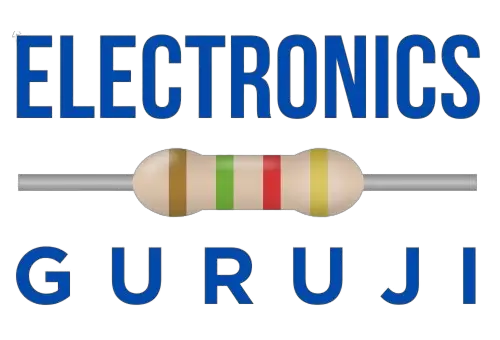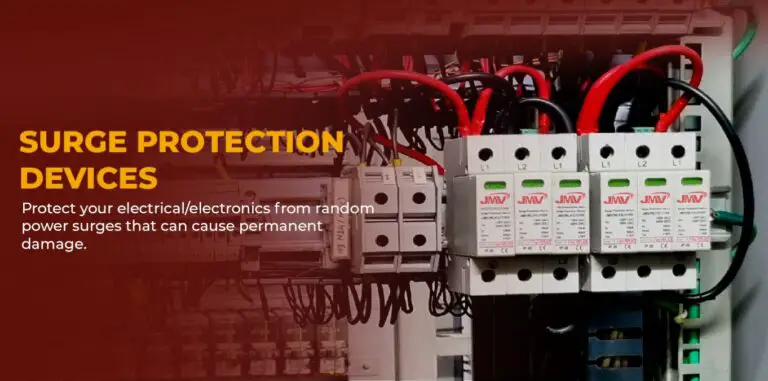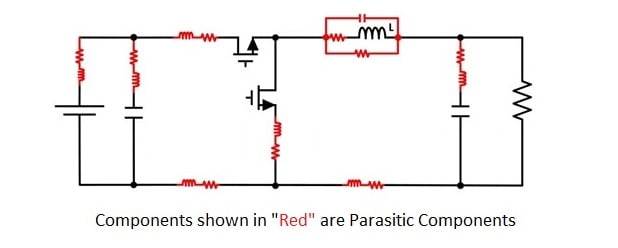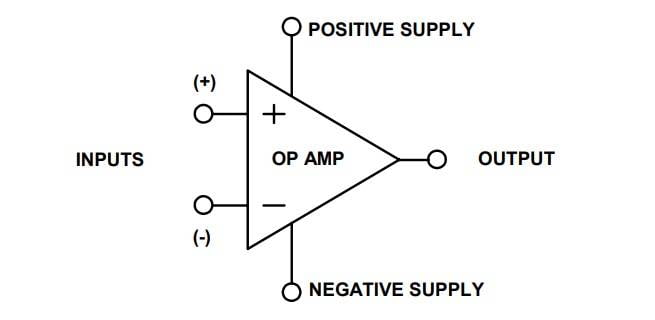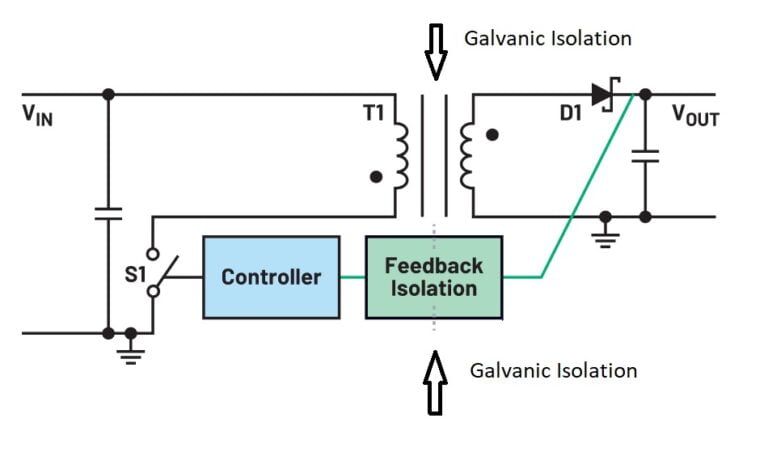Electronics hardware design is the process of creating electronic circuits and components for various applications. It is a complex field that involves a range of skills and knowledge, from circuit design and testing to understanding of manufacturing processes and industry standards.
In this blog post, we will discuss the process of electronics hardware design and provide tips for better design practices.
Understanding The Basics of Electronics
Before you can start designing electronic hardware, it is essential to have a basic understanding of electronics. This includes basic concepts of voltage, current, resistance, capacitance and inductance. Familiarity with the principles of digital electronics, microcontrollers and programming languages is also necessary.
Choosing The Right Components
The choice of components is critical for electronics hardware design. You need to select components that are suitable for the intended application, meet the required specifications, and are readily available in the market. You also need to consider some other factors such as cost and reliability.
For more details on how to choose the right components, check out this article: The Ultimate Guide to Find Best Electronic Components
Circuit Design and Simulation
Once you have selected the components, the next step is to design the schematic. There are several software tools available for schematic design and simulation, such as Altium Designer, Eagle, and Proteus which help you create schematics, simulate circuits and optimize the design.
For finding out the simulation software, that is best suited for your applications, check out this article: Best Electronic Circuit Simulation Software
PCB Design
When schematic is completed and simulated, you need to create a printed circuit board (PCB) layout. This involves placing the components on the board, routing the traces to connect them, and adding any necessary connectors, vias, and pads. PCB design software, such as Altium Designer and KiCAD is commonly used for this purpose.
For more details on printed circuit design software, check out this article: Best Circuit Design software
Testing and Validation
Once the PCB layout is complete, it needs to be tested and validated. This includes functional testing to ensure that the circuit operates as intended, as well as reliability testing to ensure that the design meets the required standards for environmental and electrical conditions.
Manufacturing and Production
Once the design is validated successfully, it is sent for manufacturing and production. This involves creating the necessary documentation, such as bill of materials (BOM), assembly instructions, and testing procedures, and working with a manufacturer to produce the final product.
In conclusion, electronics hardware design is a complex process that requires a range of skills and knowledge. By following the steps suggested above, you can create the desired electronic hardware that meets the required specifications.
Common Mistakes to Avoid in Electronics Hardware Design
Electronics hardware design is a complex and challenging field that requires attention to detail and a deep understanding of the principles of electronics. Even experienced designers can make mistakes that can impact the performance, reliability and manufacturability of their designs. Below we have mentioned some of the common mistakes to avoid in electronics hardware design.
Poor Component Selection
One of the most common mistakes in electronics hardware design is poor component selection. Using the wrong components can result in poor performance, reliability issues. It is important to carefully consider the specifications and requirements of each component and select ones that are suitable for the application and meet the necessary standards.
Lack of Proper Testing
Testing is a critical part of electronics hardware design. Skipping or rushing through testing can result in a flawed design that fails to meet the intended purpose. It is essential to test each component and the overall design thoroughly, using appropriate equipment and methods, and following industry-standard testing procedures.
Overlooking Thermal Management
Thermal management is a crucial aspect of electronics hardware design. Overlooking or neglecting thermal management can lead to overheating, component failure, and reduced lifespan. It is important to design the PCB layout, select components, and optimize the design for efficient heat dissipation. This may include adding heatsinks, thermal vias, and other thermal management features.
Neglecting EMC/EMI Considerations
Electromagnetic compatibility (EMC) and electromagnetic interference (EMI) are important considerations in electronics hardware design. Neglecting EMC/EMI considerations can result in a design that is vulnerable to interference from other devices or environmental factors, leading to malfunctions, performance issues, and even safety hazards. It is important to design for EMC/EMI compliance from the start, using appropriate shielding, grounding, and filtering techniques.
Ignoring DFM Considerations
Design for manufacturability (DFM) is a crucial aspect of electronics hardware design. Ignoring DFM considerations can result in a design that is difficult or expensive to manufacture, leading to delays, increased costs, and quality issues. It is important to consider the manufacturing process from the start, optimizing the PCB layout, component selection, and design for efficient and cost-effective assembly and testing.
Inadequate Documentation
Inadequate documentation can lead to confusion, errors, and delays in the manufacturing process. It is important to create comprehensive documentation, including BOMs, assembly instructions, testing procedures, and design files, that accurately reflect the design and are easily understood by the manufacturer.
Design for manufacturability: Tips for making your electronics hardware easy to produce
Designing for manufacturability (DFM) is a critical aspect of electronics hardware design. During designing, keeping this factor in mind, you can reduce production costs, improve product quality and speed up time to market. Below we have mentioned some tips for making your electronics hardware easy to produce.
Consider the PCB Layout
The PCB layout is a crucial part of electronics hardware design, and it can have a significant impact on manufacturing efficiency. When designing the PCB layout, propere placement of components and the routing of traces is very important. Try to minimize the number of vias, as they can add complexity and cost to the manufacturing process. Also, avoid designs that require unusual or custom shapes, as they can be difficult or expensive to manufacture.
Use Standard Components
Using standard components can help simplify the manufacturing process and reduce costs. When selecting components, choose ones that are readily available from multiple suppliers, have clear datasheets, and are widely used in the industry. Avoid using custom or specialized components, as they can be difficult or expensive to source and may require additional testing or certification.
Optimize Component Placement
Optimizing component placement can help reduce the assembly time and minimize the risk of errors. Consider grouping similar components together, placing them in a logical order, and avoiding unnecessary distances between them. Also, try to minimize the number of unique components and use identical components where possible, as this can help simplify the assembly process.
Minimize Soldering and Assembly Steps
Minimizing the number of soldering and assembly steps can help reduce the manufacturing time and improve product quality. For example, consider using surface-mount technology (SMT) components instead of through-hole components, as SMT components are easier to place and solder. Also, try to minimize the number of hand-soldering steps and use automated assembly techniques where possible.
Optimize for Testing and Quality Control
Optimizing the design for testing and quality control can help ensure that the product meets the required standards and specifications. For example, consider adding test points and access points to the design to simplify testing and debugging. Also, design the product with quality control in mind, using features such as visual indicators and self-diagnostics to help identify potential issues.
Create Comprehensive Documentation
Creating comprehensive documentation can help ensure that the manufacturing process is efficient and error-free. Make sure to include detailed assembly instructions, a bill of materials (BOM), and schematics that accurately reflect the design. Also, provide clear guidelines for quality control and testing, and ensure that the documentation is easily accessible and understandable by the manufacturer.
Best Practices for Testing and Validating Your Electronics Hardware Design
Testing and validating electronics hardware designs is a critical step in the development process to ensure that the product performs as intended and meets quality standards. Here are some best practices for testing and validating electronics hardware designs:
Develop a Comprehensive Test Plan
Before testing, it’s important to develop a comprehensive test plan that outlines the specific tests that need to be performed, the hardware and software required, and the expected results. The test plan should cover all aspects of the hardware, such as functionality, performance, and reliability.
Use Specialized Testing Equipment
Specialized testing equipment can provide more accurate and reliable test results. Examples of specialized testing equipment include oscilloscopes, spectrum analyzers, and logic analyzers.
Use Simulation Software
Simulation software can help designers identify and troubleshoot potential issues before the product is built. This can save time and reduce the cost of development. Examples of simulation software include LTspice and PSpice.
Test for EMC Compliance
Electromagnetic compatibility (EMC) is a critical aspect of electronics hardware design. Testing for EMC compliance involves testing the product’s ability to function properly in the presence of electromagnetic interference (EMI) and to not cause EMI that could interfere with other devices. Testing for EMC compliance is required for many certifications, such as FCC and CE.
Use Automated Testing
Automated testing can save time and can reduce human error. Examples of automated testing include functional testing, boundary scan testing, and in-circuit testing.
Perform Reliability Testing
In reliability testing, the product is subjected to environmental stress, such as temperature and humidity, to ensure that it can withstand harsh conditions. Reliability testing is especially important for products that will be used in harsh environments or for critical applications.
Verify Compliance with Relevant Standards and Certifications
It’s important to verify compliance with relevant standards and certifications, such as UL and CE, before launching the product. Compliance with these standards and certifications ensures that the product meets safety, reliability, and quality requrements.
Thoroughly Document Test Results
Thoroughly documenting test results is essential for troubleshooting and ensuring that the product meets quality standards. Test results should be organized and easily accessible for future reference.
Conclusion
By following these best practices for designing, testing and validating electronics hardware designs, designers can ensure that their products meet quality standards, perform as intended and are reliable and safe for use.
